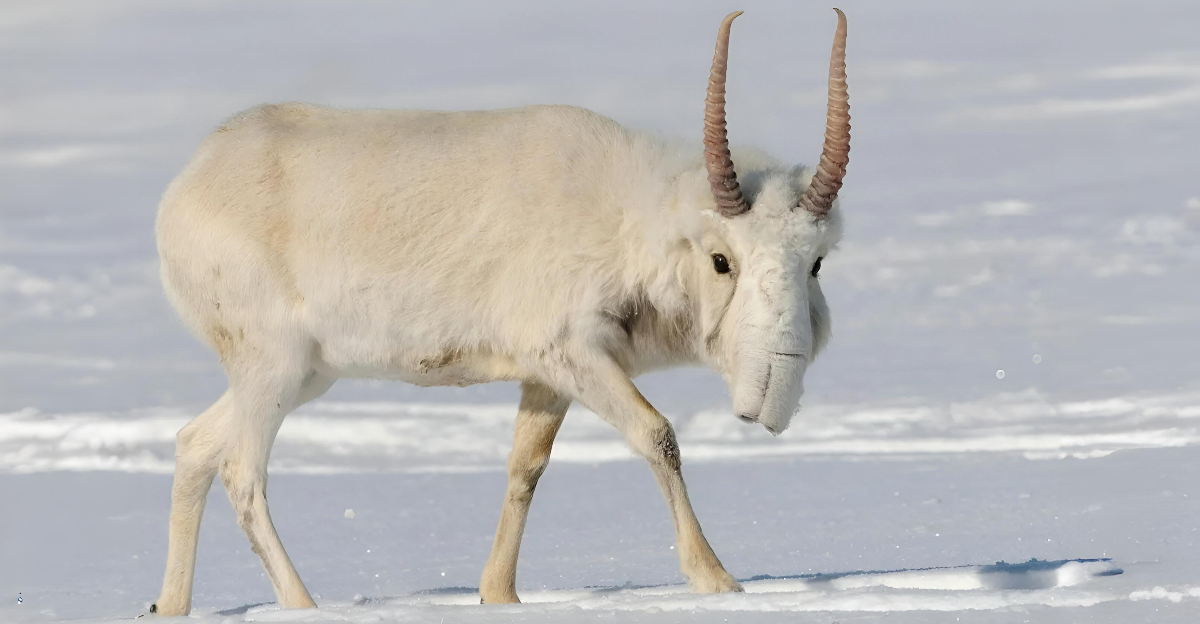
There’s a strange animal that lives in Central Asia that’s equally elusive as it was critically endangered just a few years ago. Thankfully, recent years have marked its return to the grasslands that it once dominated. This creature has been around since the late Pleistocene, according to the fossil record, and there’s even been evidence of it depicted in cave paintings.
With such a long history on the planet, tensions mounted as many conservationists thought that it would die out in our generation. However, this isn’t the case anymore, and while there’s still a long road ahead for the species, it has shown its resilience as numbers grow.
Surviving For Thousands Of Years
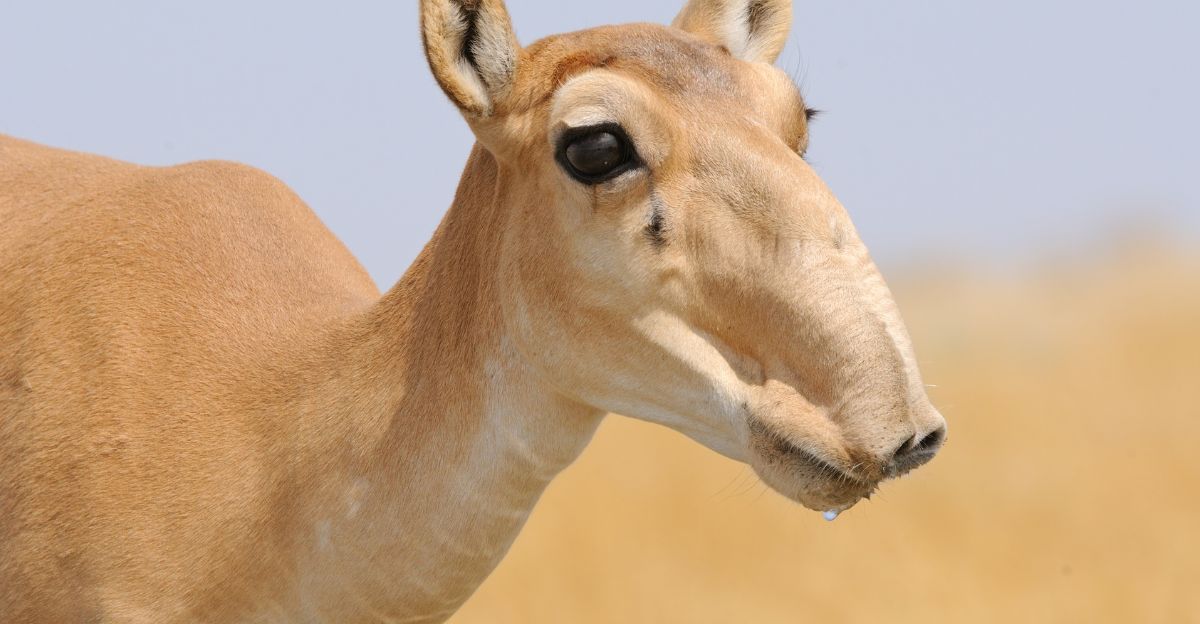
The story of this animal starts 100,000 years ago, a period when the last ice age gripped the planet, making the climate an inhospitable one where only the hardiest animals survived. Many animals that adapted to the cold looked bizarre and almost alien by today’s standards, and one took these features and brought them over to the modern era.
While others died out, it migrated over vast steppes and ended up in modern Central Asia, where it can still be found today after many thought it would go extinct.
Unique Looks

This animal has looks like only evolution could be responsible for. It has a large, swollen nose that hangs below its jaw and eyes far apart from one another. It resembles a harsh caricature of an animal rather than an actual living, breathing mammal.
The snout may look absurd, but it is an important evolutionary trait that can be utilized to filter out dust in summer and cold air in winter. This is an ideal trait to have on the open plains and grasslands where it dwells today. It’s appearance is so strange that it has even inspired local legends.
Vanishing For Years
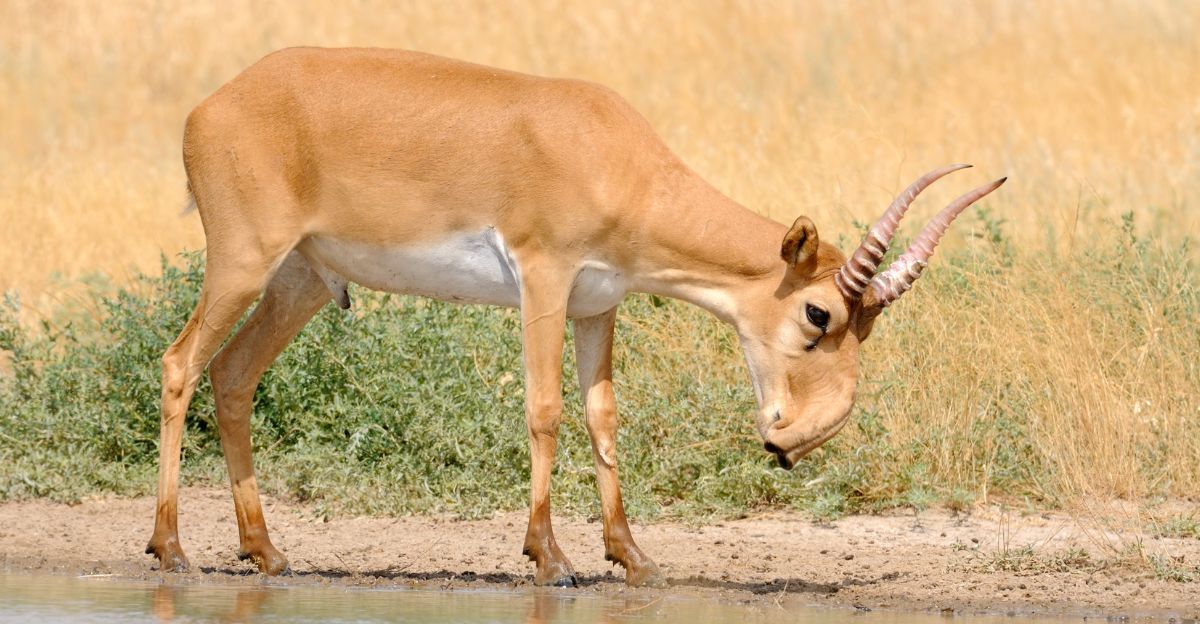
While it has a long history on Earth and has survived some of the harshest conditions, it was in the late century that this animal seemingly vanished. Factors that caused the population to diminish were poaching being attracted by its horns, diseases, and habitat loss. This means that in just a few years, the population declined by 95%, and a call for conservation was made.
If things didn’t change, then we would say goodbye to a spectacular animal that brought some one-of-a-kind traits from an ancient lineage. Actions were taken, poaching was punished effectively, and breeding programs were put into place. However, sightings were still a rare occurrence, and people feared the worst.
The Saiga Antelope
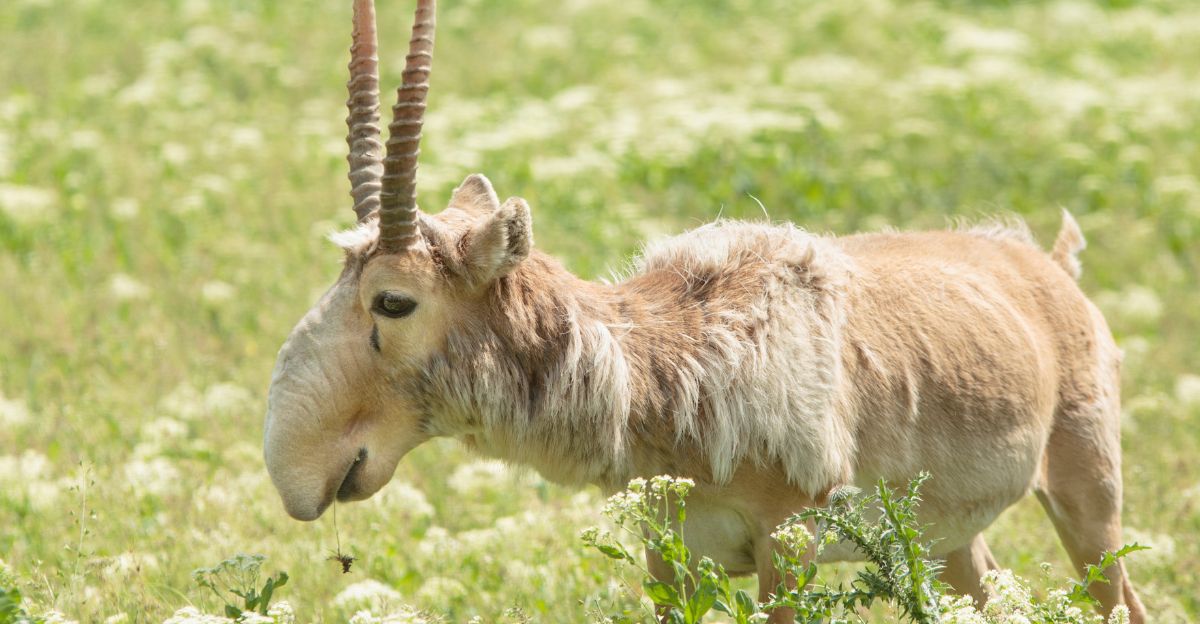
The Saiga Antelope is one of few mammals that survived the Ice Age and has changed little in the thousands of years since. It can be quickly identified by its enormous hanging nose and calm behavior. The antelope calls Kazakhstan, Mongolia, and parts of Russia home, living primarily in grasslands. It plays a pivotal role in its environment, contributing to a healthy ecosystem full of plant and animal life.
Thankfully, its number has rebounded slightly, changing its status from critically endangered to near threatened. This doesn’t mean the fight is over, but it’s an indicator that conservation efforts are working.
Signs Of Hope
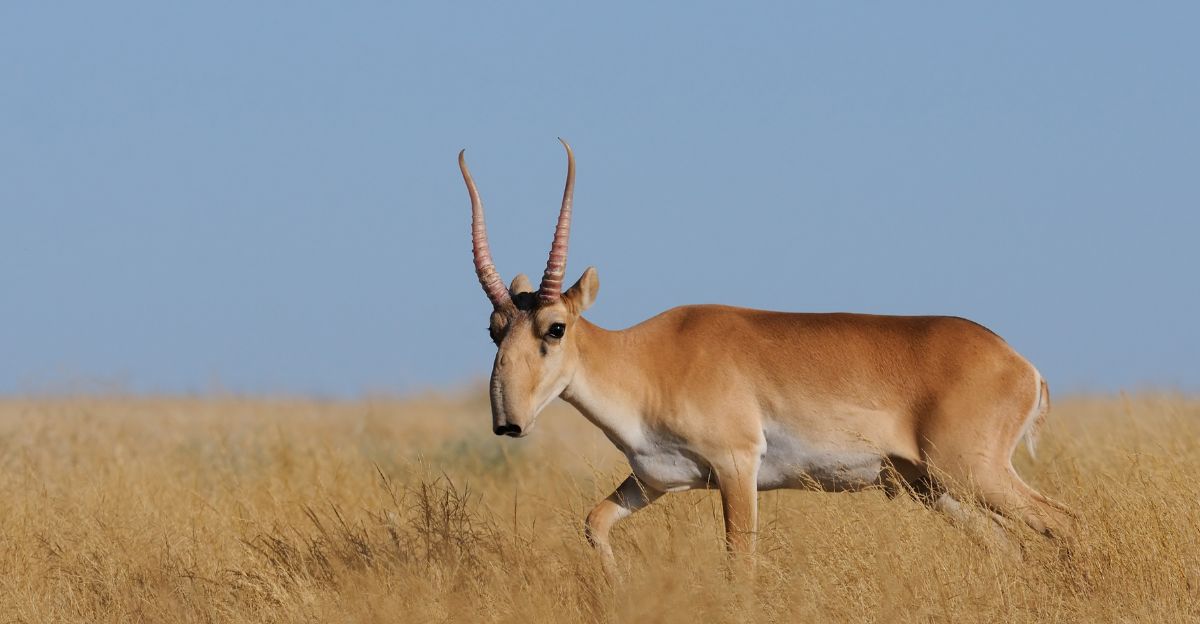
The last ten years have shown unprecedented signs of hope for the Saiga Antelope. Their population in Kazakhstan were only 50,000 individuals, but population monitoring today has shown a profound explosion of Saiga, with more than one million occupying these regions.
This is one of the fastest population rebounds recorded in recent history, especially among large mammals that do not reproduce as fast as some smaller ones. This could all be due to conservation efforts, with anti-poaching being taken very seriously and restoring important habitats its population needs to thrive. Herds are currently being monitored in non-invasive ways via drones and satellite tracking.
The Saiga’s Importance
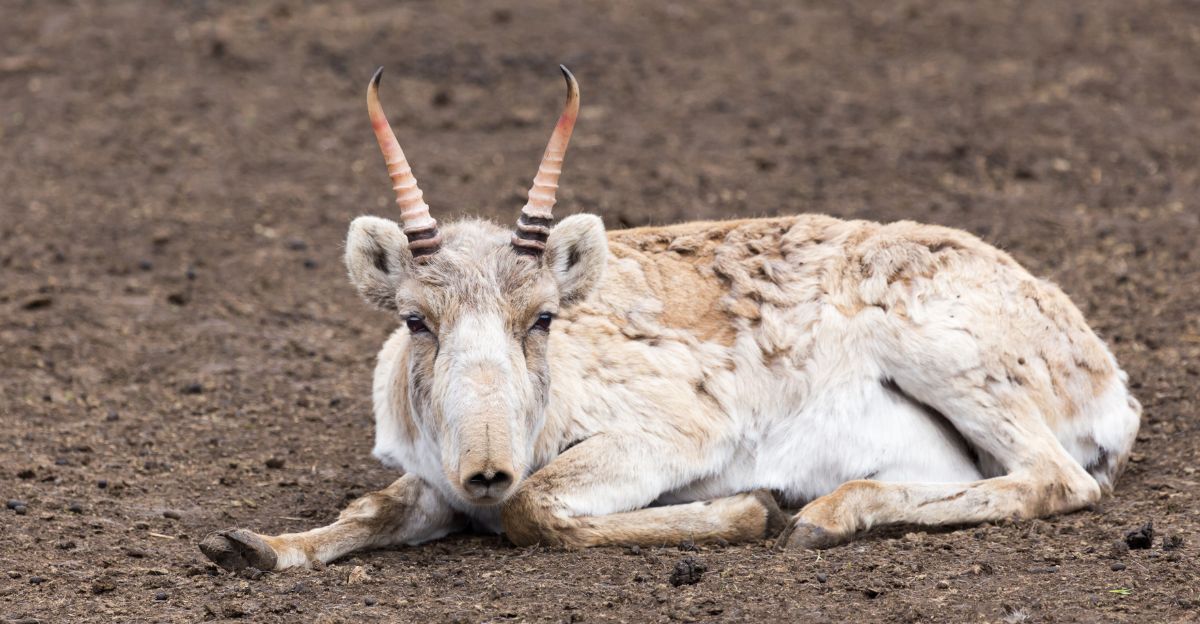
The Saiga Antelope is a keystone species in its environment, meaning that it is essential in keeping the rest of the biome healthy. They aid their habitats by fertilizing the soil with their droppings, and unlike many other ungulates, they do not pose the risk of overgrazing due to their migration habits.
They also serve as an important food source for predators at the top of the food chain, like wolves. If the Saiga population declines again, the entire ecosystem will be thrown out of balance.
Not Out Of The Woods Yet

Despite this large population rebound, the Saiga aren’t out of the woods just yet. Poaching is still a problem as their horns fluctuate in and out of demand, often being sold on the black market as traditional medicine. Pasteurellosis and other diseases impact their populations when epidemics run rampant, like the one in 2015.
These diseases can lead to population declines as high as tens of thousands in a matter of weeks. To top it off, climate factors are also shrinking their habitat, making their population face complex risks. Conservation must be maintained to ensure that this species continues to thrive for future generations.
Conservation
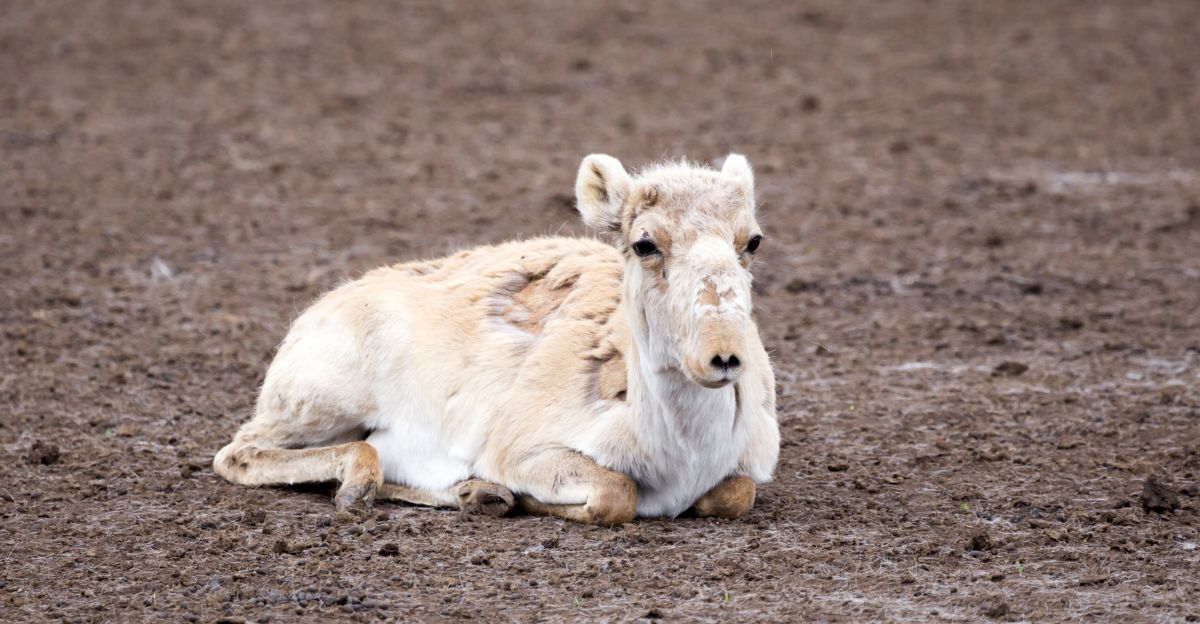
The success story of the conservation of the Saiga could be a model that is used around the world. When conservation action is successfully taken, it proves how a small and struggling population can bounce back in radical numbers.
The proactive measures taken to protect the Saiga population also showcase how crucial early action is when wildlife numbers start to dwindle. Constant measures also need to be put in place that adapt to an ever evolving world.
A Comeback
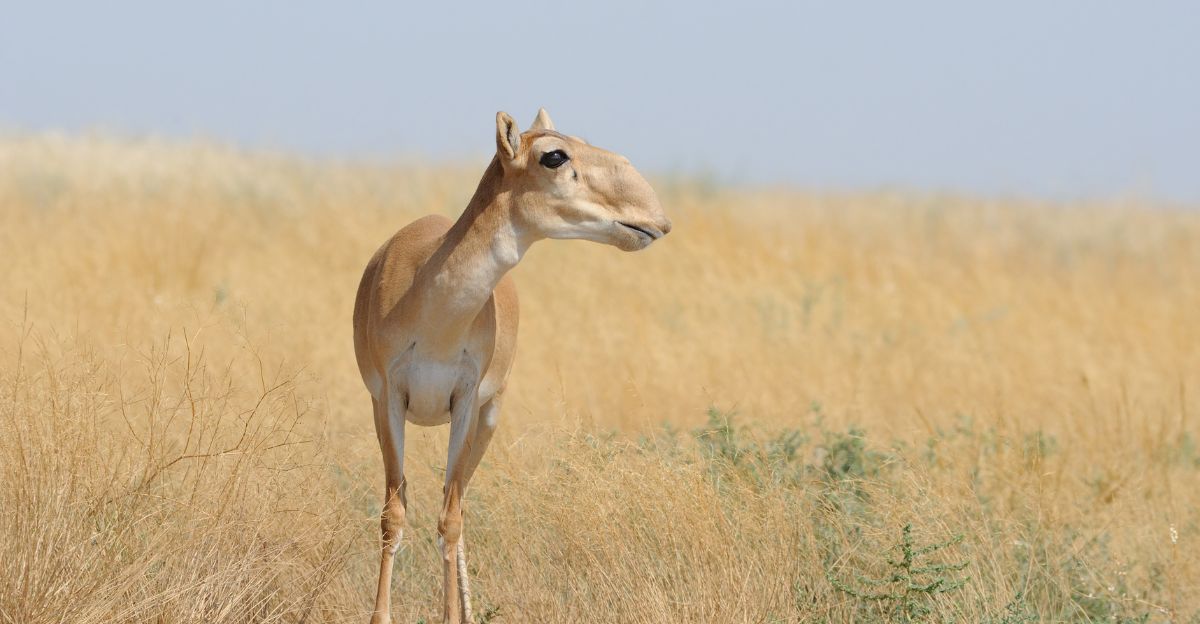
Success stories in conservation aren’t always easy to come by, and in the case of the Saiga, it will be taken as a win. Living for 100,000 years and surviving the last Ice Age, this animal is the epitome of resilience and how human interference through conservation can have large effects.
As scientists, rangers, and researchers continue to keep a watchful eye on the Saiga, they ensure that this animal doesn’t vanish once again.
Explore more of our trending stories and hit Follow to keep them coming to your feed!

Don’t miss out on more stories like this! Hit the Follow button at the top of this article to stay updated with the latest news. Share your thoughts in the comments—we’d love to hear from you!







